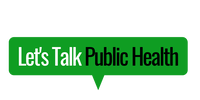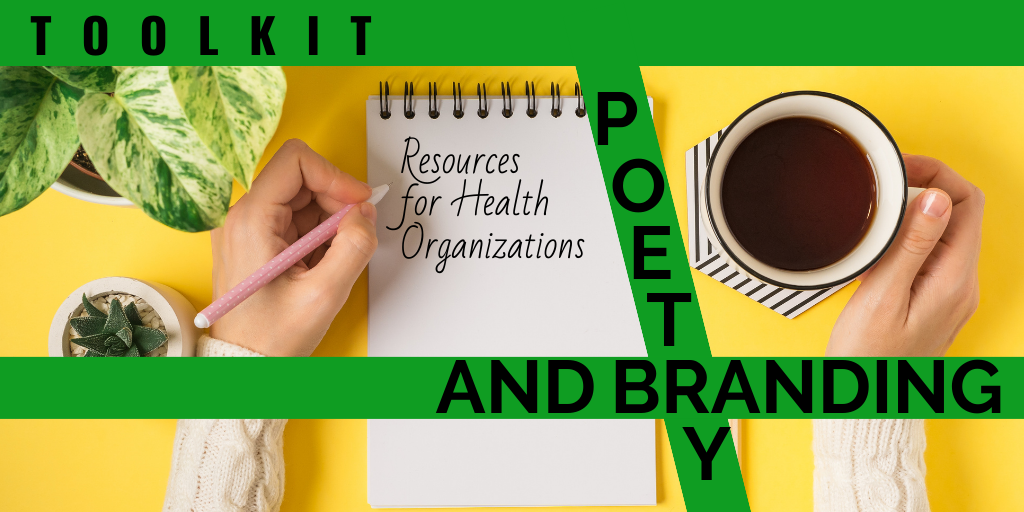Meet Me at the Intersection of Branding & Poetry - 12 Resources for Public Health Organizations3/21/2018
If my health-related brand were a poem, what would it say? What emotions would it invoke? I had this thought while reading poetry during my morning commute. I was (pun-intended) at the intersection of poetry and branding.
Key Resources
Poetry and branding are linked. This isn't a new notion. Just as poets write lines and stanzas, marketers write positioning statements, taglines, and slogans. The form, punctuation, cadence, and word choice of poems can be just as strategic as the visual and verbal components of a brand's identity. Both poets and marketers use calculated methods to produce their work, and that work is open to the interpretation of each member of their audience. Both poets and marketers use expressive and figurative language, symbolism, and literary and artistic tools. Both use visual and auditory elements in an attempt to invoke desired sentiment, thoughts, and other psychosocial associations.
Several brands, marketers, and agencies have published articles and posts that discuss this topic and provide great examples to study:
Key Example
An example that is top of mind to me is the Nationwide Insurance ‘Songs for All Your Sides’ ad campaign. Nationwide's tagline/jingle does so much in seven syllables: "Nationwide is on your side." The breakdown of syllables gives the line a slow rhythm, and when sung in a sweet, warm voice, it fills with the love and tenderness of a guardian angel. With this ad campaign, they've taken their jingle to the next level, using popular musicians to sing lyrics (re: poetry) about how Nationwide is there for its customers' many sides.
Key Takeaways
Have you used poetry for a health communication, behavior change, or social marketing campaign? Share your example in the comments below.
0 Comments
Your comment will be posted after it is approved.
Leave a Reply. |
�
Learn about our blog submission guidelines. >>
The views and opinions expressed by individual authors on this blog are their own and do not necessarily reflect the official policy or position of Let's Talk Public Health.
Categories
All
|
|
Highlights
Explore
Connect
|
© 2024 Let's Talk Public Health, LLC. All rights reserved. | View our Privacy policy | Terms of service | Disclaimer | Editorial policy.


 RSS Feed
RSS Feed